The Mamiya 6 Automat, a 1955 folding 6×6 folder has been reviewed most engagingly on Youtube by a bloke called Martin Henson, who has a great accent and a great photographic eye, in addition to an unpretentious and accessible way of explaining things. It’s a camera that is actually superfluous to my ‘needs’ as a photographer, since I have been using, for over twenty years, its 1990s relative, the Mamiya 6MF, which is superior to it in pretty much every respect, except size (the Automat is significantly lighter, and smaller when folded up). Oh, and price! The Automat was about a tenth of the current price of its snazzy modern cousin. And to come clean with you, I just wanted to own a cool and functional folding camera with a good lens, that I didn’t have to pay a fortune for, and this one fits the bill.
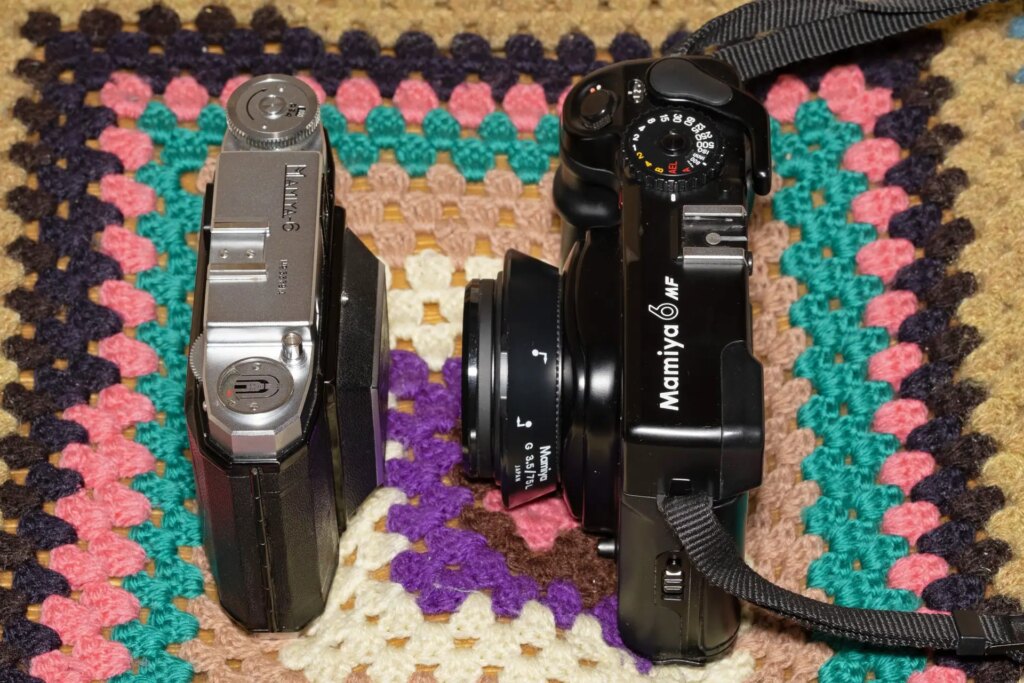
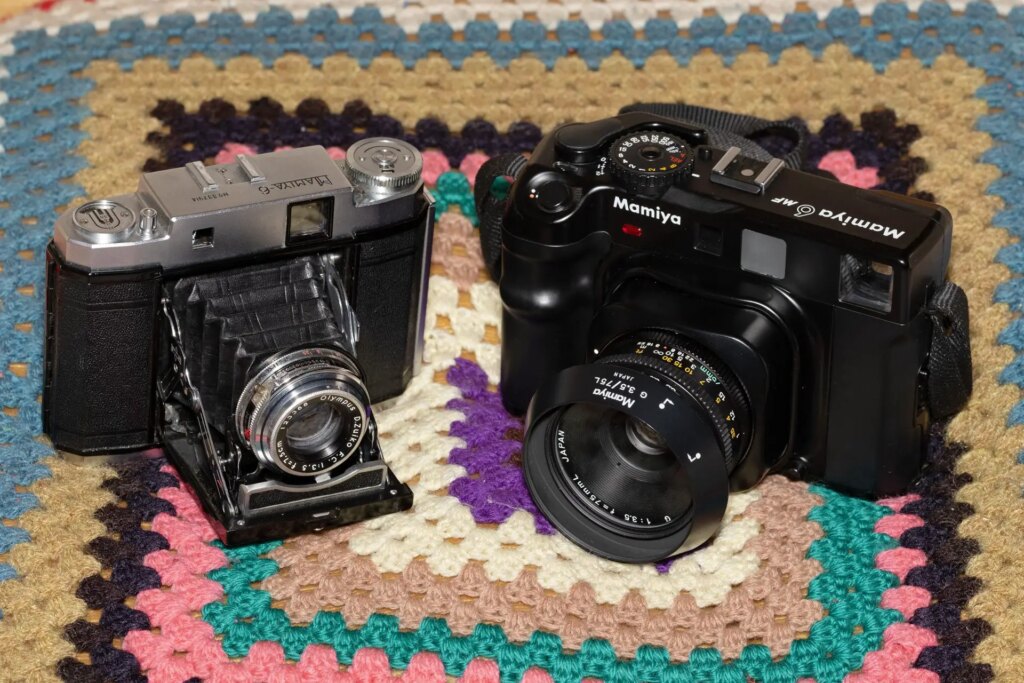
The most distinctive feature of the 1940s and ‘50s Mamiya 6 series (they were made between 1940 and 1958) is that they focus by moving the film plane, not the lens. The film is very firmly held against the film gate with a removable pressure plate (which you absolutely don’t want to lose), and you focus using a thumb wheel to the right of the viewfinder, which is also a pretty neat design feature. Some say that because of the unique film plane focusing system, the rangefinder rarely needs adjusting. I checked mine and it’s smack on. Another interesting feature of my model is that its 75mm F3.5 lens is a ‘D Zuiko’ made by Olympus. It’s a typical tessar – super sharp in the centre, straight from wide open, and the far corners aren’t really reliably sharp till F11. They are generally OK at F8.
There are many models of Mamiya 6 cameras, and some have a Mamiya-Sekor lens. Unlike older Mamiya 6 models, the Automat automat-ically cocks the Seikosha shutter when you wind the film on (hence the name). You can also cock it manually with a lever on the top of the shutter housing if necessary. For example, if you wind the film on with the front door closed, the lever that does the automatic shutter cocking doesn’t engage. Two versions of the ‘Automat’ were made. Mine is the earlier one. The second, called the ‘Automat II’, is apparently rarer, has ‘Mamiya’ in white text on the front of the camera body, and sports a Mamiya-Sekor lens. Other more subtle differences are explained in this excellent technical review. As with many of these older cameras, if you want to use the top speed of 1/500th, you need to set it before cocking the shutter.
I had to do some minor repairs to the Mamiya 6 Automat before I could use it – the easy stuff was painting over the few small holes in the bellows, and lubricating the arms that open the front door. The really scary bit was the winder – it’s part of a complicated maze of clockwork and features a large-diameter fine spring inside the winder housing, which resets the internal film counter wheel when you open the back door. The whole apparatus needed cleaning and lubrication – not an easy job for someone with my repair skill level. And you really need to watch that goddam spring, which isn’t all that easy to pop back into place when you are putting everything back together. In any case I got it working in the end and it has mostly behaved well ever since. But sometimes the internal film counter wheel still doesn’t rewind all the way back and I’ve found that I can give it a prod with a toothpick through the little window in the winder housing to coax it into place. If the counter wheel doesn’t reset all the way the camera won’t count the next roll correctly. The back door also has a closable red window for viewing the numbers on the film backing paper but it’s effectively redundant on this model, so I have taped over it for good measure. Mercifully the lens is clean (not a common thing with these cameras) and the shutter works well at all speeds.
I found a slip-on hood for it, and I can slip filters over the front of the hood using a step-up ring.
An unfortunate design omission of the Mamiya 6 Automat is that there is nowhere to attach a strap, so it’s a good idea to find a well-fitting pouch or case for it, assuming it doesn’t come with one of the original leather cases.
Let’s have a look at what this little camera can do. All the images are on colour negative film, which I processed at home with a 1 litre C41 kit, and scanned on a Nikon Coolscan LS-9000. I hope you enjoy them.
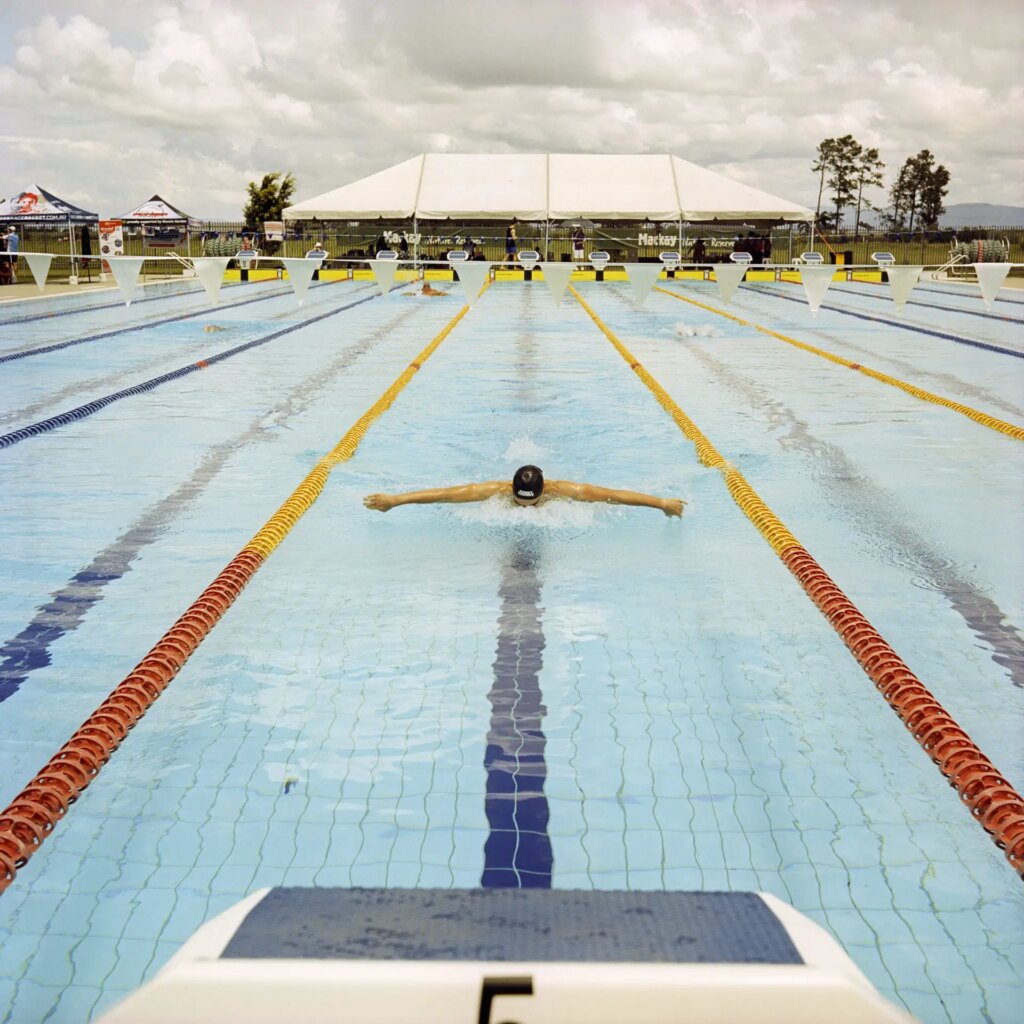
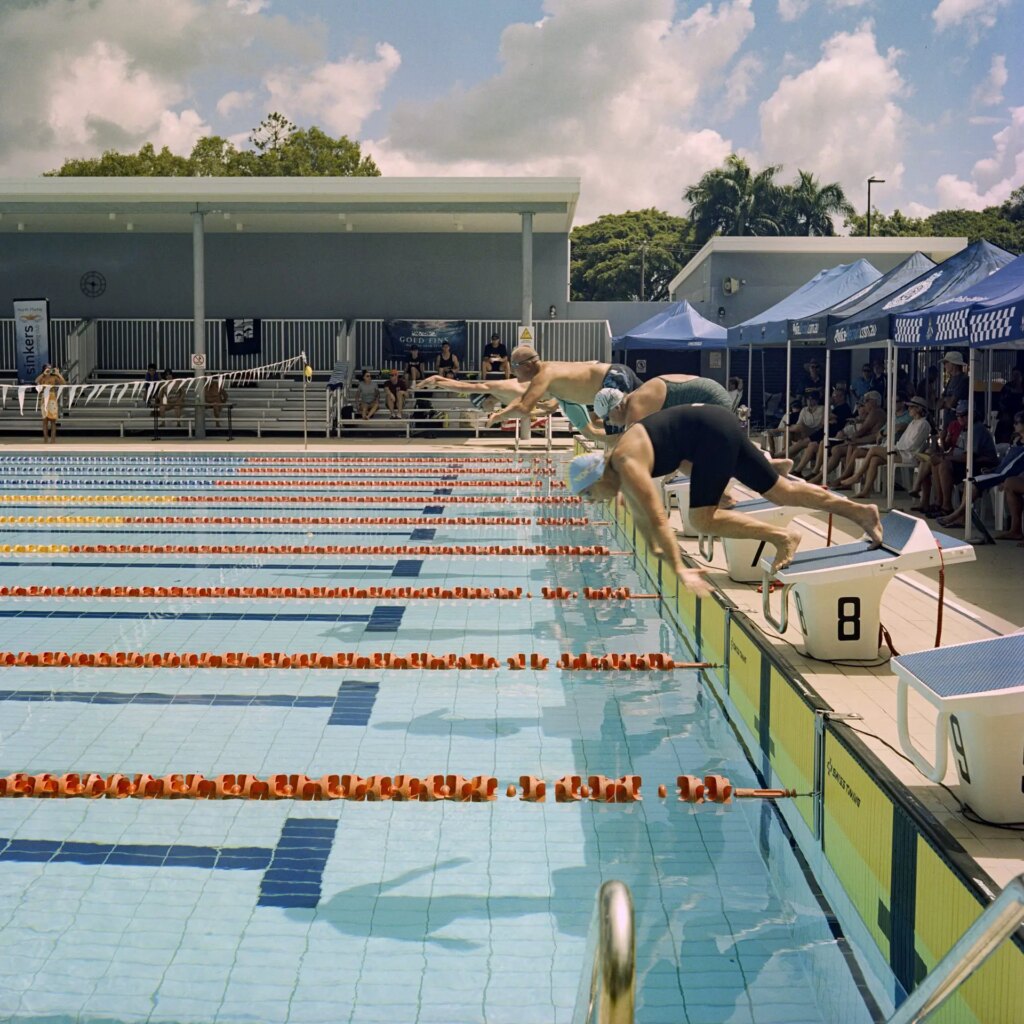
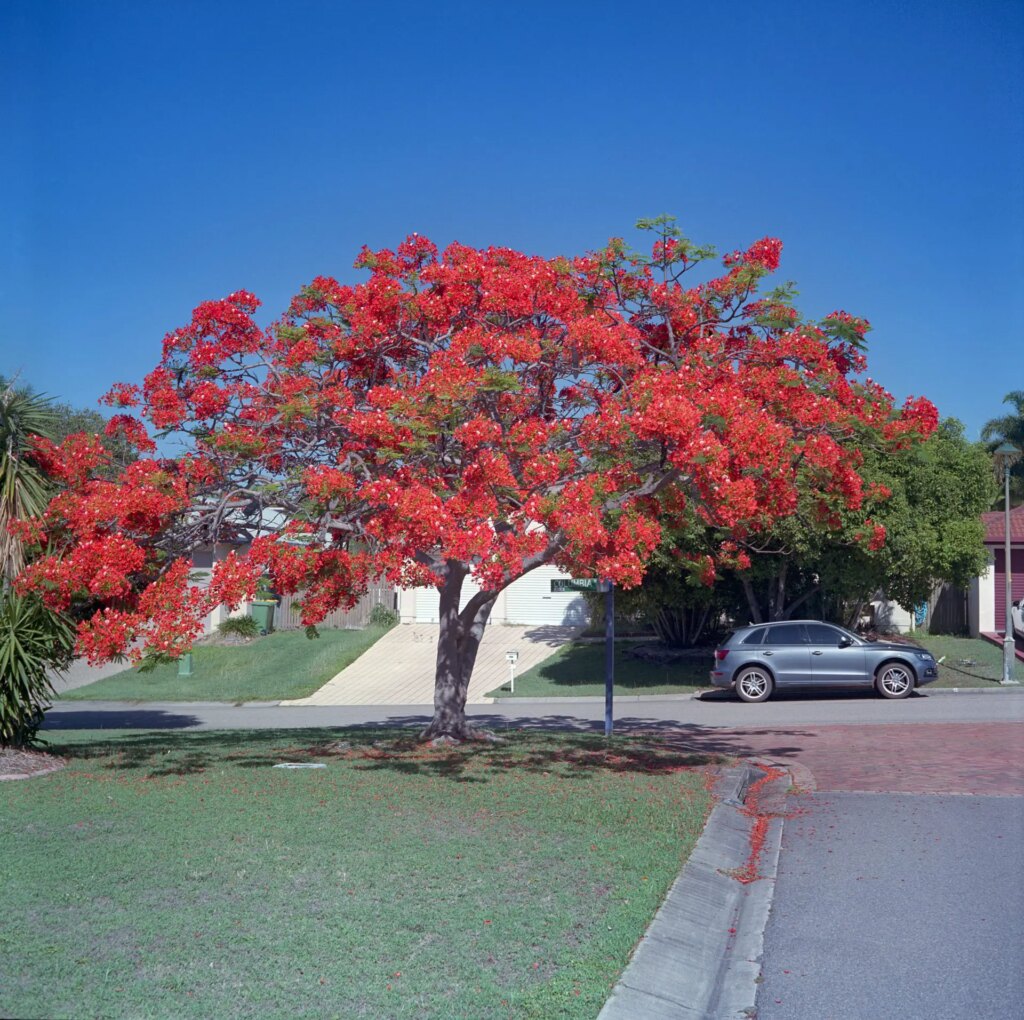
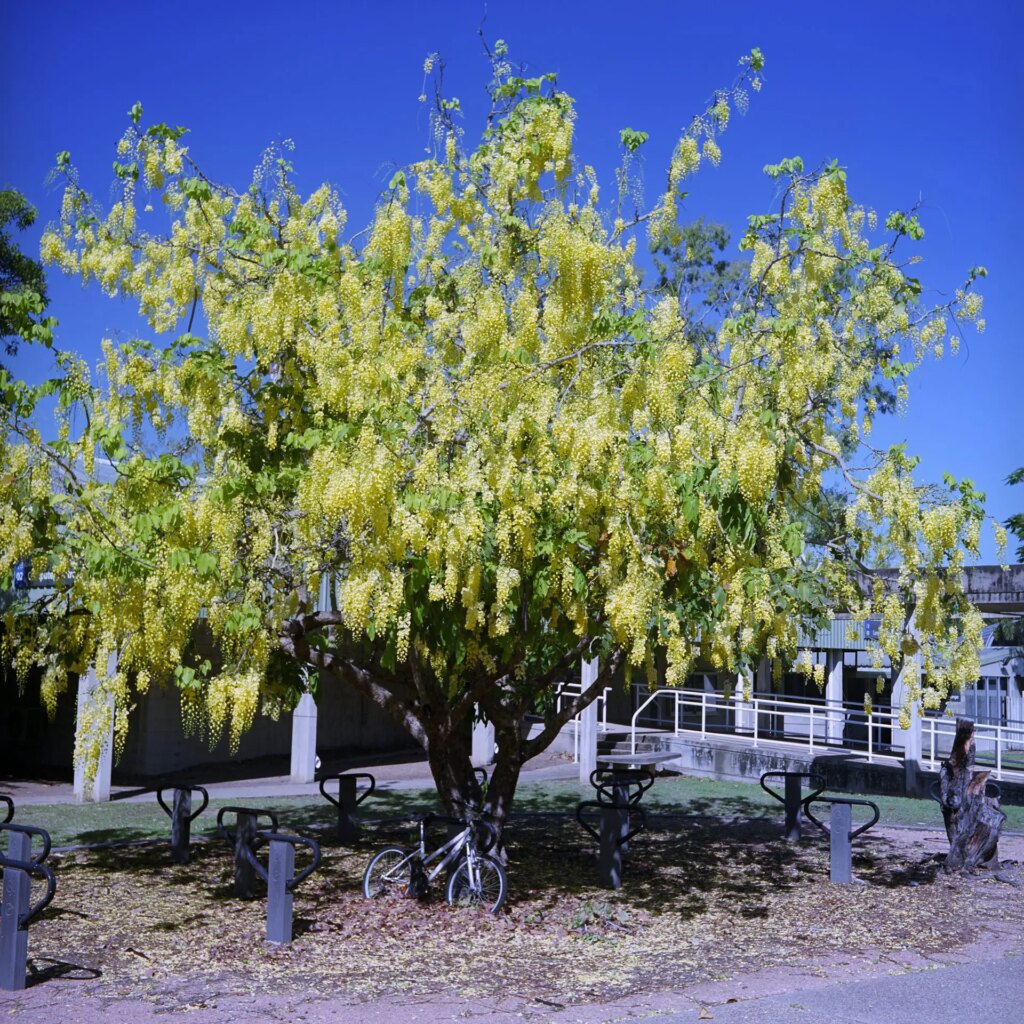
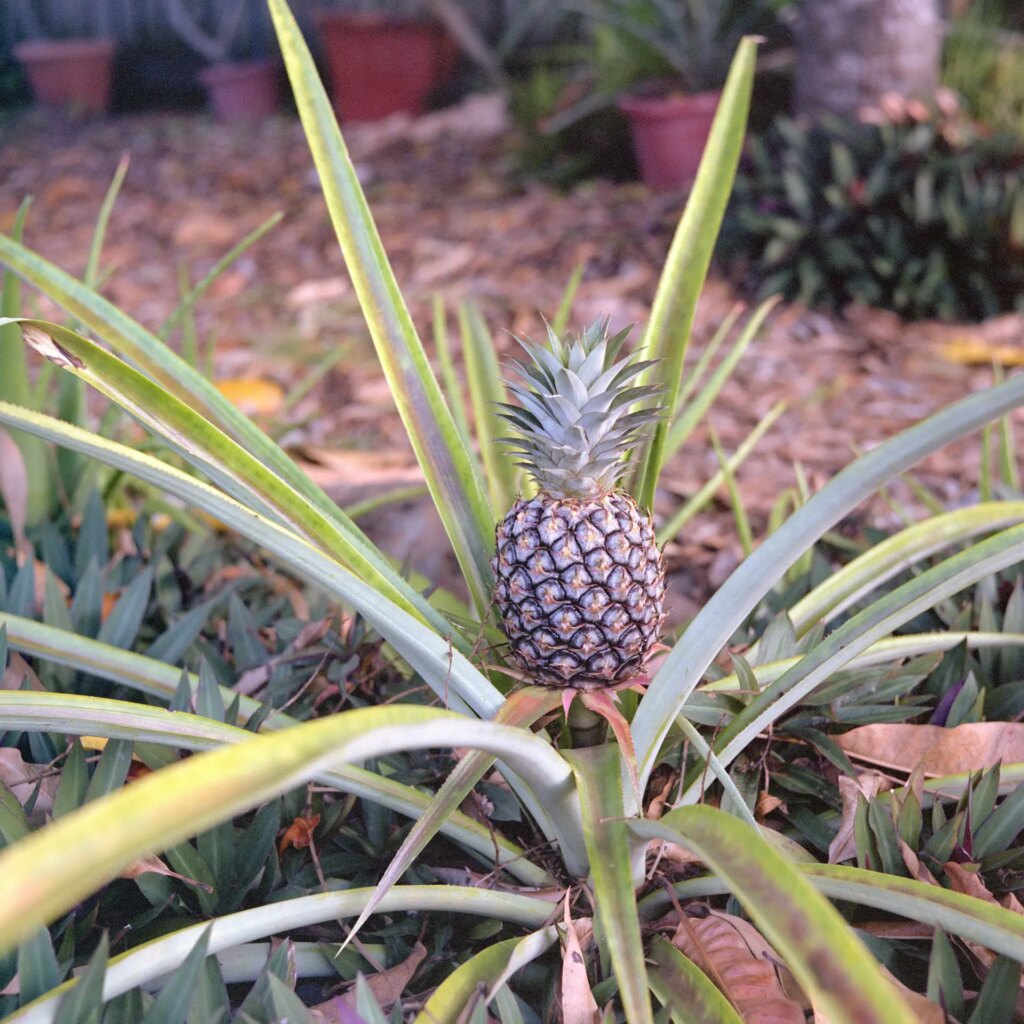
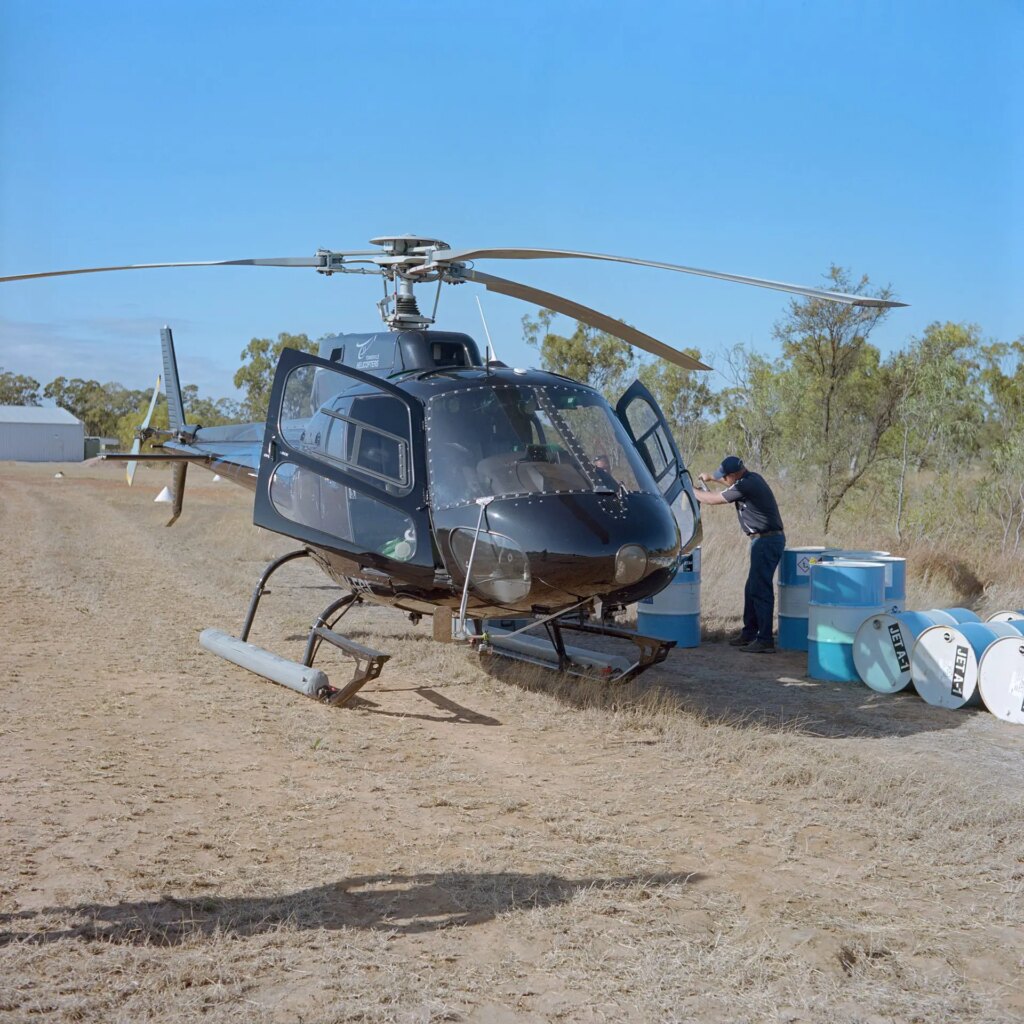

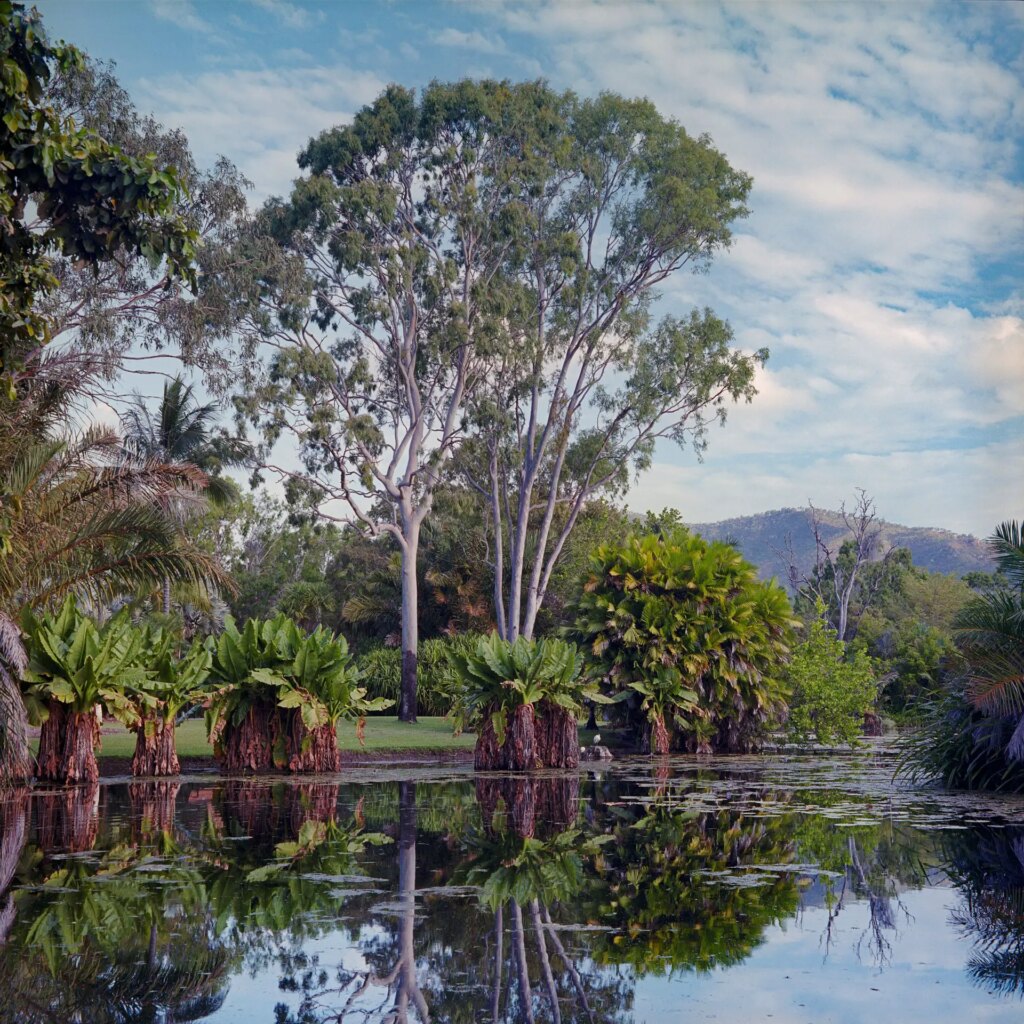
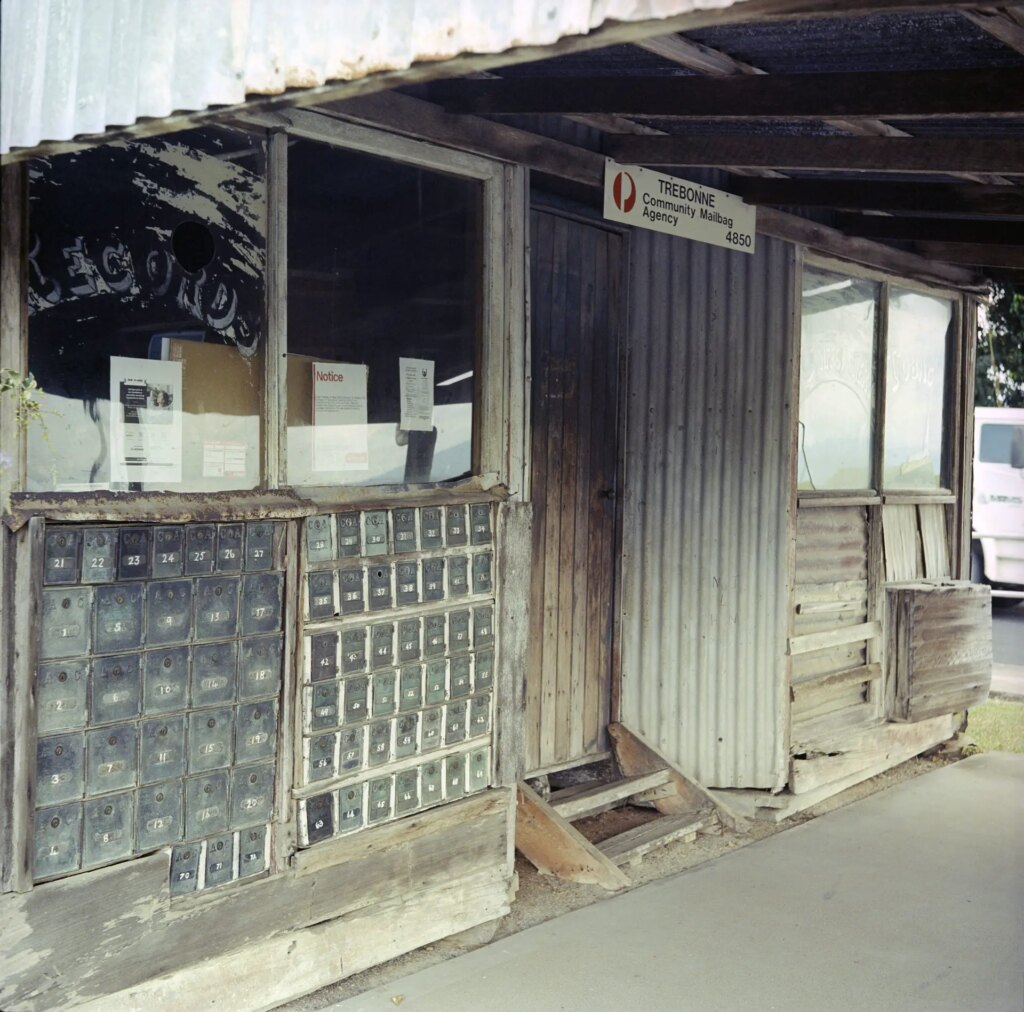
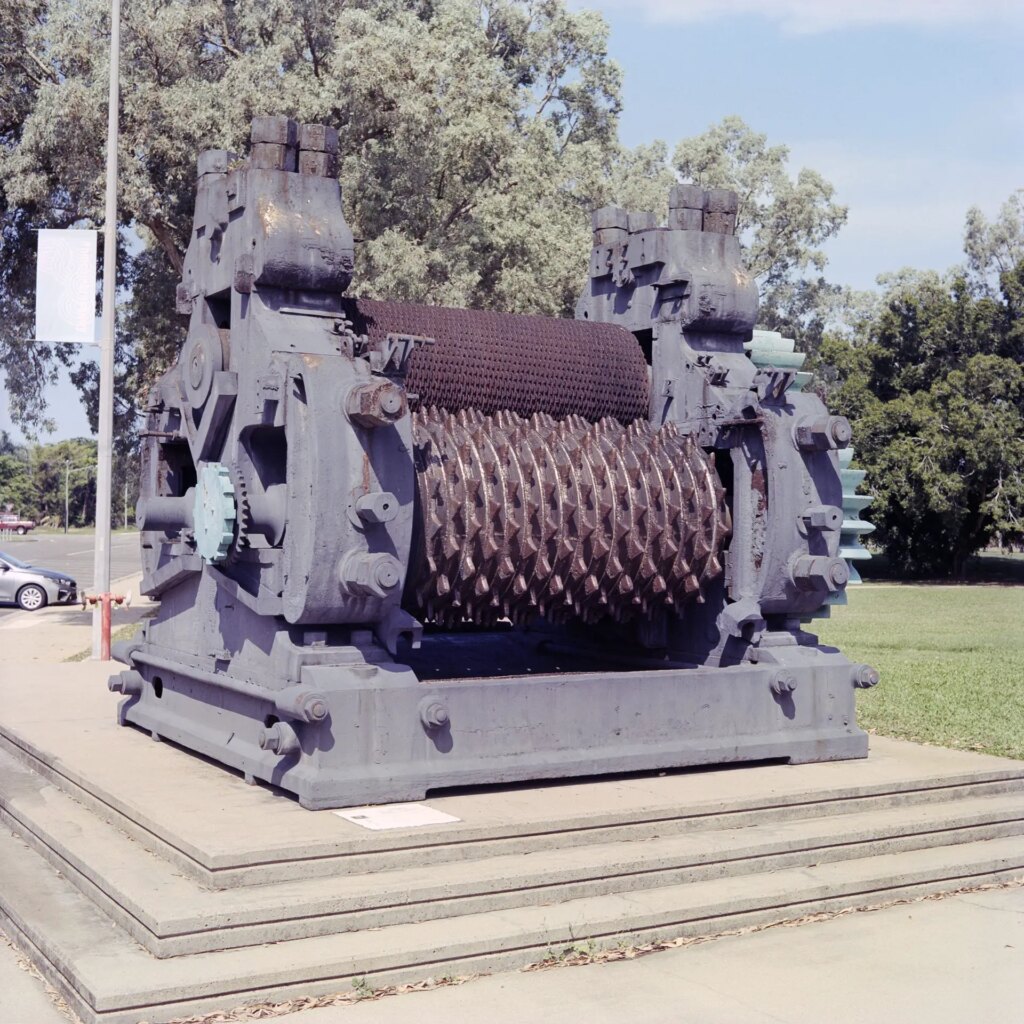
The Mamiya 6 Automat is very compact little folder that has been an absolute pleasure to use and I can recommend it if you are looking for a 6×6 that is small, cheap and has a good lens. Finding one in good condition may not be easy, but I dare say with some patience and caution, and perhaps some basic repair skills, you could get one that is usable.
Thanks for reading. My flickr page is here
Share this post:
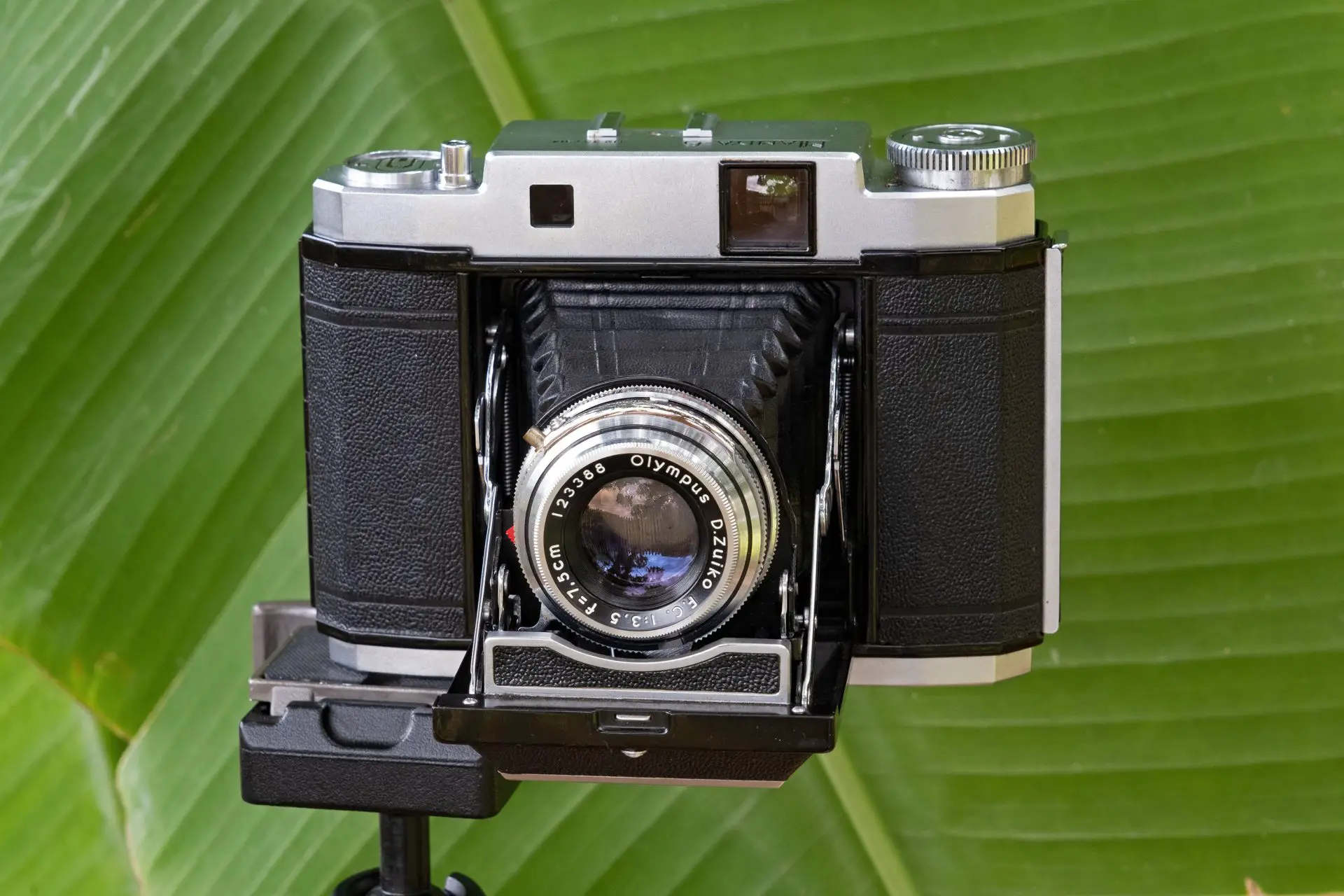








Comments
Martin on Mamiya 6 Automat Mini-Review – A small, cheap 6×6 with a good lens!
Comment posted: 14/08/2023
Comment posted: 14/08/2023
Comment posted: 14/08/2023
Comment posted: 14/08/2023
Giuseppe Papale on Mamiya 6 Automat Mini-Review – A small, cheap 6×6 with a good lens!
Comment posted: 14/08/2023
Thank you
Joseph
Comment posted: 14/08/2023
Comment posted: 14/08/2023
Tyler Montgomery on Mamiya 6 Automat Mini-Review – A small, cheap 6×6 with a good lens!
Comment posted: 14/08/2023
Overall, these are surprisingly good cameras that once overhauled, should last another 70 years. However, they require someone willing to tinker and/or service because I have found few people who are willing to touch these and even the 'mint' copies on Ebay likely need a new bellows.
Comment posted: 14/08/2023
Mike on Mamiya 6 Automat Mini-Review – A small, cheap 6×6 with a good lens!
Comment posted: 14/08/2023
Comment posted: 14/08/2023
Lance on Mamiya 6 Automat Mini-Review – A small, cheap 6×6 with a good lens!
Comment posted: 14/08/2023
Comment posted: 14/08/2023
Scott Edwards on Mamiya 6 Automat Mini-Review – A small, cheap 6×6 with a good lens!
Comment posted: 14/08/2023
Comment posted: 14/08/2023
brian m cox on Mamiya 6 Automat Mini-Review – A small, cheap 6×6 with a good lens!
Comment posted: 14/08/2023
Comment posted: 14/08/2023
Comment posted: 14/08/2023
Comment posted: 14/08/2023
Gillian on Mamiya 6 Automat Mini-Review – A small, cheap 6×6 with a good lens!
Comment posted: 15/08/2023
Comment posted: 15/08/2023
Alexander Seidler on Mamiya 6 Automat Mini-Review – A small, cheap 6×6 with a good lens!
Comment posted: 17/08/2023
trailblazer2017 on Mamiya 6 Automat Mini-Review – A small, cheap 6×6 with a good lens!
Comment posted: 30/09/2023
However even after three times to a repair person I still have focus issues issues in that I find the rangefinder unreliable!
When it works it's wonderful, much better than dragging round my Mamiya 645 around.
Any suggestions for an improvement in image quality welcome!
Could it be that the long stroke of the Mamiya shutter release results in bad images?
TB
Comment posted: 30/09/2023
SM on Mamiya 6 Automat Mini-Review – A small, cheap 6×6 with a good lens!
Comment posted: 10/05/2024
Comment posted: 10/05/2024